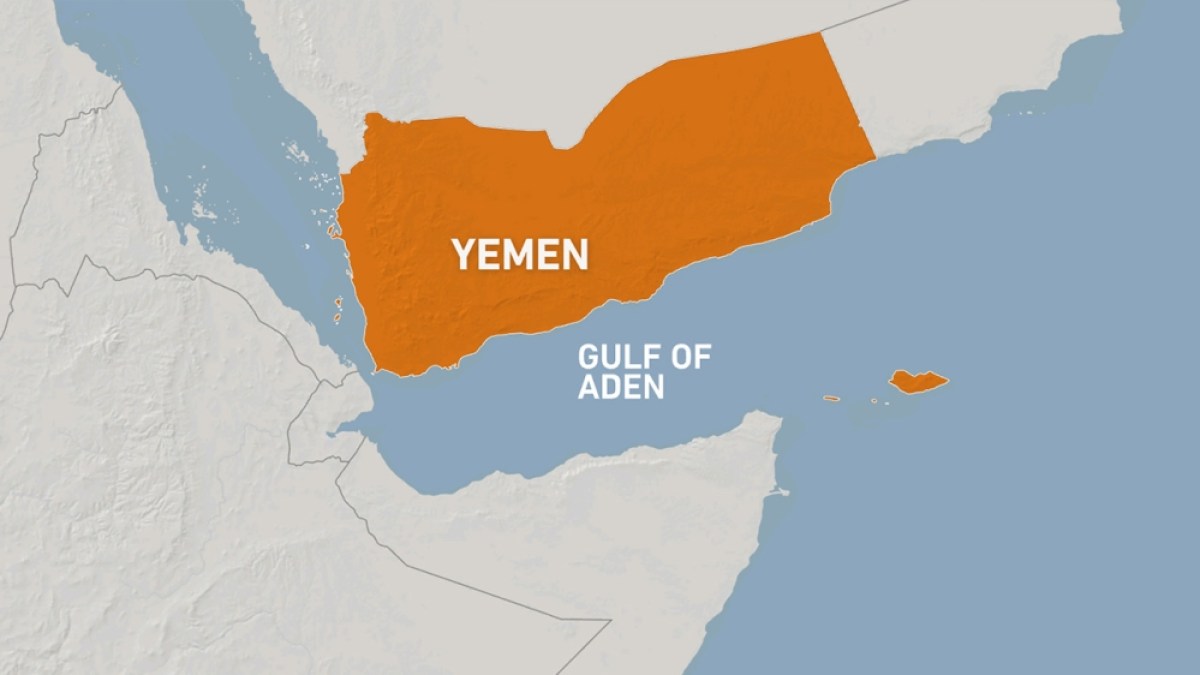Islamabad, Pakistan – Pakistan and Pakistan-administered Kashmir were rocked by multiple missile attacks by India early on Wednesday morning, in which at least eight people, including a three-year-old child, died.
Pakistan’s military said Indian missiles struck six cities. That included four different places in Punjab province — the first time that India has hit Pakistan’s largest state since the 1971 war between the neighbours. The remaining two places targeted were Muzaffarabad and Kotli, cities in Pakistan-administered Kashmir.
India claimed that its operation, called Sindoor, targeted nine sites with “terrorist infrastructure”.
Pakistan scrambled its own jets in response and claimed it had brought down five Indian planes – an assertion that India has not yet responded to.
The Indian attack came 15 days after the deadly attack on tourists in the picturesque Pahalgham town in Indian-administered Kashmir on April 22, for which India blamed armed groups which it claimed were backed by Pakistan. Islamabad denied any role in that attack.
Now, the nuclear-armed neighbours stand on the precipice of a full-blown military conflict.
Here is what we know about India’s attack, Pakistan’s response, and the background of this conflict so far.
 (Al Jazeera)
(Al Jazeera)Where did India hit Pakistan?
Pakistani military spokesperson Lieutenant General Ahmed Sharif Chaudhry, in an early morning news conference, said Indian missiles targeted four locations in Punjab and two in Pakistan-administered Kashmir.
The attack took place at about 1am (20:00 GMT)
The biggest attack was in Ahmedpur Sharqia, near Bahawalpur city in Punjab province. According to Chaudhry, a mosque compound was hit and five people were killed, including a three-year-old girl.
Other attacks took place in Muridke city, a village near the city of Sialkot, and Shakar Garh, all in Punjab province.
Two locations in Pakistan-administered Kashmir – Muzaffarabad and Kotli – were also hit and two mosques were destroyed, according to Pakistani authorities . A 16-year-old girl and an 18-year-old boy were among those killed in the attacks, they said.
Chaudhry said that at least eight Pakistanis were killed in all and at least 35 more were injured in the attack.
Pakistan’s Punjab province declared a state of emergency, with hospitals and security forces on high alert, and schools shut on Wednesday.
How did Pakistan respond?
Soon after the Indian attacks, Pakistan’s leadership, both political and military, said the country had engaged its defences and its fighter jets were “air borne”.
Prime Minister Shehbaz Sharif in a post on social media platform X said that a reply was “being given” to India.
Overnight, several claims were made by the Pakistanis, including shooting down up to five fighter Indian jets, including three Rafale jets, the modern fighter planes which India procured from France in recent years.
Besides Chaudhry, Information Minister Attaullah Tarar as well as Defence Minister Khawaja Asif also claimed on international news outlets that Pakistan had downed multiple Indian jets.
However, Pakistan’s military also said that India had fired all of its missiles from Indian airspace. In other words, if Pakistan shot down Indian planes, it fired at them while they were in Indian air.
Indian authorities have yet to comment on the claims or whether all Indian Air Force planes that participated in the strikes returned securely to their respective bases.
Why did India strike Pakistan?
The latest round of conflict between the two nuclear-armed nations came following the attack in Baisaran valley in the Pahalgam region of Indian-administered Kashmir. Gunmen killed 26 men – 25 tourists and a local pony rider – after segregating them from women.
India has for years blamed Pakistan for supporting, arming and training the armed groups which it accuses of fomenting trouble in the valley. Pakistan has insisted that it only provides moral and diplomatic support to Kashmir’s secessionist movement.
Following the attack last month, India blamed an obscure group, The Resistance Front, and claimed that it was a Pakistan-backed group with a haven there. Pakistan, while issuing a condemnation, also vehemently denied its involvement and demanded a “transparent, credible, impartial” investigation into the incident.
India, which also targeted Pakistan in 2019 and 2016 following attacks on its troops, said that it would retaliate, with PM Modi saying the country would pursue the Kashmir attackers to “the ends of the earth”.
However, more than two weeks later, Indian soldiers are still combing the forests of Kashmir, searching for the gunmen — even as it has now hit targets across the border.

Why is Kashmir important to India and Pakistan?
This is not the first time South Asia’s two largest countries – which have a combined population of more than 1.6 billion people, about one-fifth of the world’s population – have gone to war over the region.
Indeed, the picturesque valley of Kashmir is at the heart of their tensions.
The two neighbours fought three of their four previous wars over Kashmir, spanning 22,200 square kilometres (85,800 square miles). Both countries currently control parts of Kashmir – with China controlling another part of it – but continue to claim it in full.
How have tensions escalated since the Pahalgam attack?
Since April 22, tensions have escalated, culminating in already limited diplomatic relations taking a further hit.
- India has suspended its participation in the Indus Waters Treaty, under which they share waters from six rivers – three each – in the Indus basin. Because India is the upper riparian state, it could in theory restrict Pakistan’s access to water it is entitled to and that it depends on. India also revoked visas for Pakistani nationals.
- Pakistan threatened to suspend the Shimla Agreement.
- Both countries have expelled each other’s diplomats and nationals, while the nations also closed their borders and shuttered airspace.
Within Indian-administered Kashmir, authorities have detained more than 2,000 residents, some of them under anti-terrorism laws, demolished homes of alleged fighters and imposed strict security measures.
Why did India call it Operation Sindoor?
The Indian military has dubbed its missile strikes in Pakistan and Pakistan-administered Kashmir ‘Operation Sindoor’. That name’s significant.
Sindoor is the Hindi word for vermilion, a red pigment which married Hindu women often apply to their forehead. The name of India’s military operation is an apparent reference to the manner in which gunmen shot their victims in Pahalgam on April 22.
Multiple survivor accounts have detailed how the gunmen segregated male tourists from the women, and then pointedly identified those who were non-Muslim before shooting them dead, leaving their Hindu wives widowed. The sindoor is typically no longer worn after a woman’s husband passes away.

 3 months ago
85
3 months ago
85

















































